Almost every image of a black hole that we have seen is not a photograph. This is just a rough illustration of what they might look like, based on mathematical theory and fairly recent evidence for the existence of black holes.
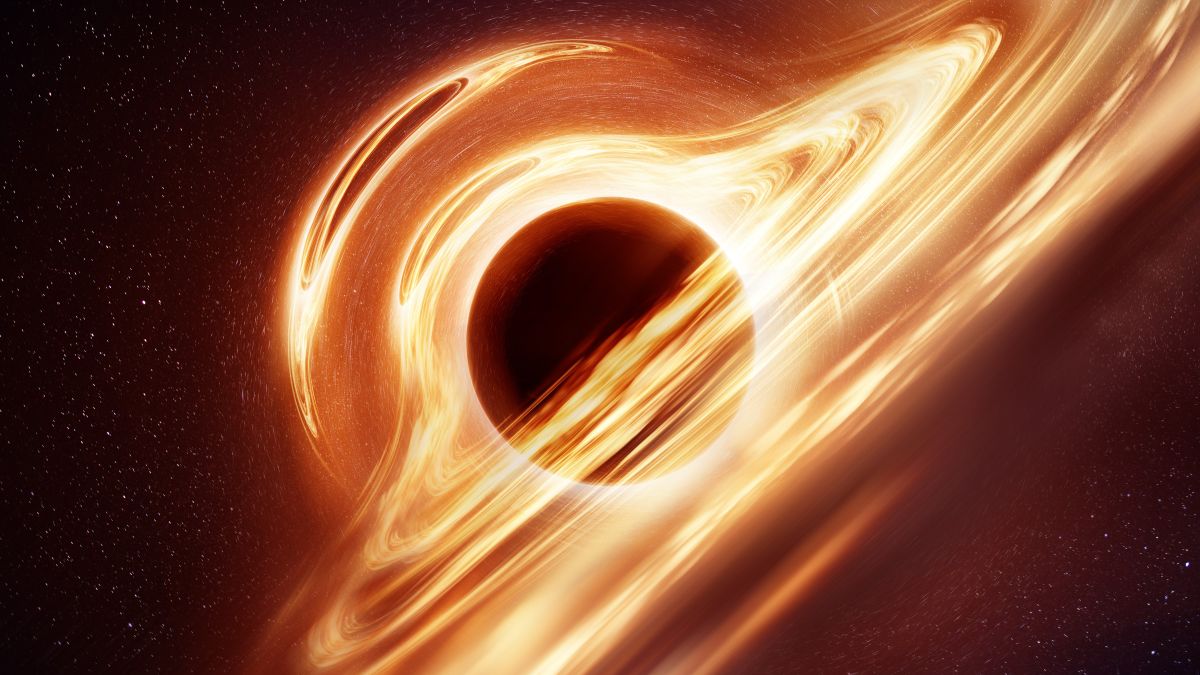
Everything changed in 2019, when a group of scientists combined several important points: proven astronomy techniques, excellent global cooperation and advances in data storage and computing to create the first ever image of a black hole.
Just a few months ago, the same team showed the long-awaited second image of a black hole in the center of our Galaxy. These two images, equally blurry but no less important, are part of the golden age of the “new astronomy”. This is the age when Moore’s law, machine learning and, finally, quantum computers can discover one of the most amazing and mysterious objects in the Universe.
Black Holes: The Hurried Engines of our Universe
The secrets of black holes are very deep. Like an infinite gravity well, they represent a region of spacetime where so much mass is condensed into such a tiny space that gravity overcomes all known forces. It is so strong that even the light cannot escape. So powerful that it can tear the stars apart. It is so bizarre that time can stop abruptly in it.
It’s hard to imagine the concept of black holes. The objects are infinitely dense, as if compressing the mass of the Earth to the size of a coin. Even Einstein, whose General Theory of Relativity predicted the existence of black holes, considered this idea so radical and incredible that he had great doubts until the end of his life. Nevertheless, 100 years after Einstein’s pioneering theory, astronomers have estimated that there are more than 40 quintillion (40 000 000 000 000 000 000 000 000 000 000) black holes in the visible spectrum of the Universe.
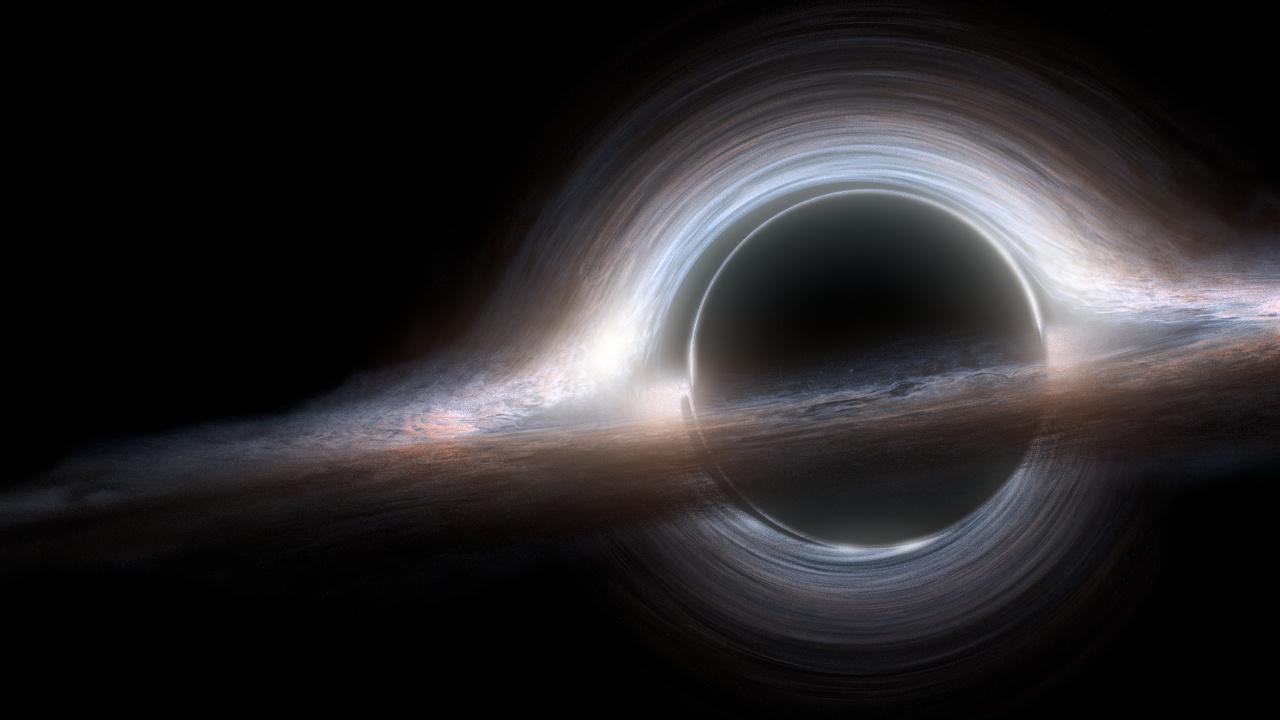
Space photography has come a long way, but black holes are invisible to the human eye. Since everything is involved in their gravitational field, they do not emit anything that our instruments could detect. However, scientists are never too surprised by the impossible. Over the years, astrophysicists and mathematicians have found Nobel-Prize-worthy ways to detect black holes by studying how they control the orbits of stars around them. For example, a black hole in the center of our Galaxy makes the luminaries behave like bacteria in a Petri dish.
There are other clues to the location of the black hole. All the hot gas and stardust near black holes are trying to squeeze into a dense point, creating strong friction. And when matter rubs turbulently, it heats up to a billion degrees and glows. Paradoxically, black holes are among the brightest objects in the sky. Scientists have calculated that it is possible to see a terrible boundary where photons are still orbiting the black hole, and a point where nothing can leave it — the event horizon.
But this is a theory. In fact, no one has ever seen a black hole. The real problem with visualizing black holes is not just blackness or glow. The fact is that they are very far away.
Earth-sized telescope
The nearest supermassive black hole is Sagittarius A* (Sgr A*), which is located in the galactic center of the Milky Way. The distance to it is 26 thousand light-years, so a space probe such as Voyager 1 will take more than 400 million years to reach it. There are also giant black holes, for example, in the galaxy Messier 87. Measuring 24 billion miles across and six and a half billion times the mass of the sun, it is one of the most famous black holes.
However, looking at any of these objects through a telescope is like trying to photograph a donut on the moon.
The magnifying power of a telescope is limited by the size of its antenna. To get a high enough resolution and consider this donut: whether it is glazed or filled with custard, you will need an Earth-sized telescope. Although this will not happen soon, one scientist has figured out how to do it.
Shepard Doelman is an astrophysicist at the Center for Astrophysics at Harvard University and the Smithsonian Institution. He studied a method of radio astronomy called very long-base interferometry (VLBI), when several telescopes located thousands of miles apart simultaneously observe the same celestial object, simulating the operation of a telescope at a distance equal to the distance between them.
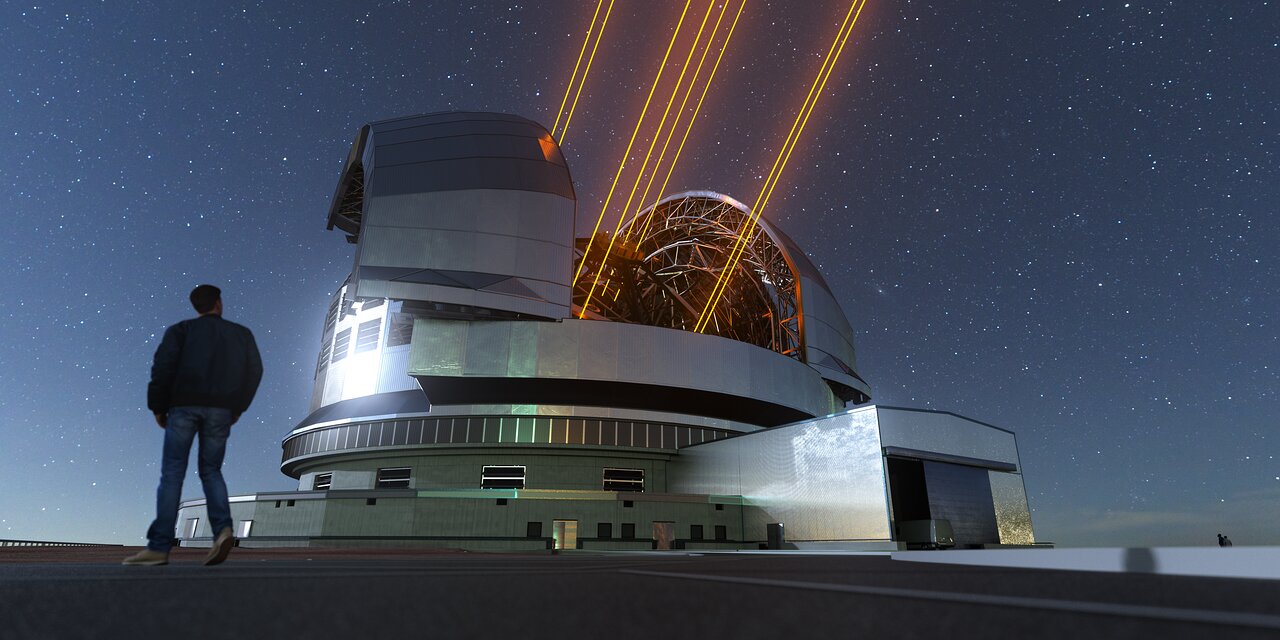
To create a telescope the size of the Earth, Doelman needed to create many telescopes. He had to design, build and install new equipment in the most expensive telescopes in the world. He needed an atomic clock to synchronize them to the billionth of a second. In addition, he needed to bring together dozens of scientists, engineers and institutes to collaborate on a project with a fantastic but implausible result. It took more than ten years, but Doelman and hundreds of scientists who joined the project coped with the task.
For several nights in 2017, eight telescopes worked in perfect sync to capture electromagnetic waves around the black hole. They used ever-increasing data storage, processing and transmission speeds to extend the telescope’s sensitivity to unprecedented resolution and create one of the largest datasets ever recorded during astronomical observations.
It took several more years to create tools and algorithms capable of combining and synthesizing images from 5 petabytes of data and half a ton of hard drives. With no prior or existing data to refer to, the team had to make sure that the image would not be distorted by human bias.
On April 10, 2019, Doelman took the stage and showed the world an image of a black hole for the first time. “We saw what we considered invisible,” he said.
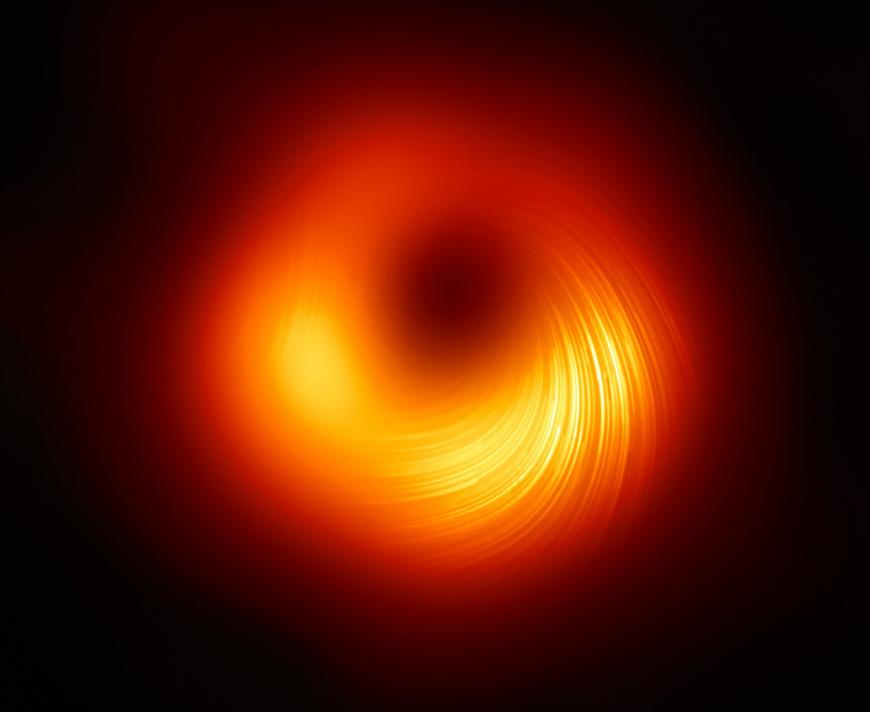
The next day, this image was on the front page of almost every newspaper. A sensational milestone in the history of mankind and the question: what’s next?
The next generation of Black hole photos
People have one fantastic trait: no matter how impressive a breakthrough was or how impossible something seemed just a second ago, it is immediately perceived as a stepping stone for the next big event. It was clear to Doelman that this picture was just the beginning.
In order to create a higher-resolution image and the first film about a black hole, a next-generation project is already being implemented — EHT. The project plans to use more telescopes, collect new wavelengths and use the Moore’s Law curve to collect more detailed data than ever before.
According to Kamaljit Singh, a technologist at Western Digital, one of the company’s newest flash drive corpuses is being evaluated as part of the project. A suitcase-sized server equipped with high-speed storage devices can increase the cumulative data collection capacity to half a terabit of data every second. “This is 8 times more than what was used in the project just a few years ago,” he said.
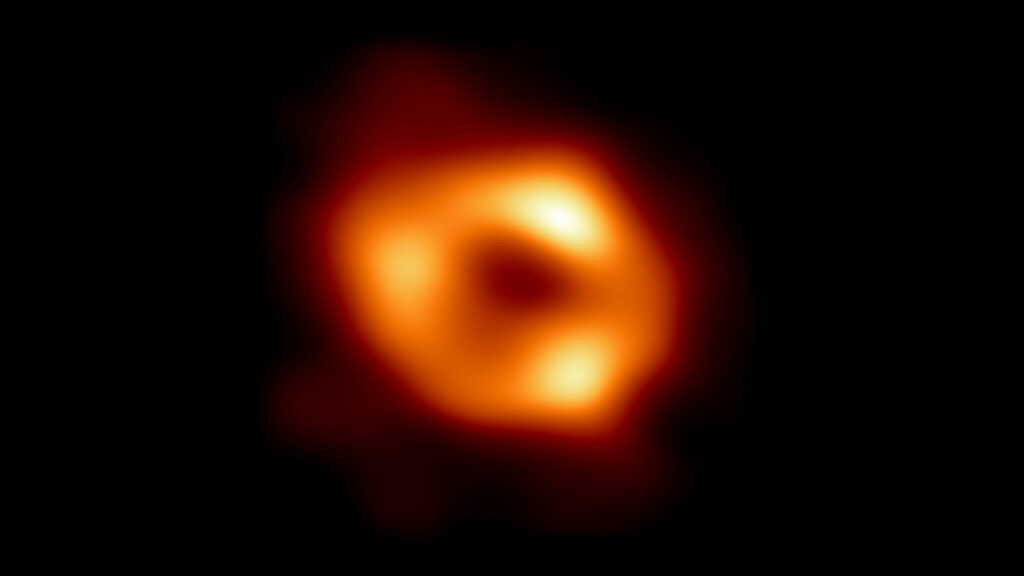
Recently, black holes have been the subject of controversy. Now they have become an obsession. Just last month, scientists announced the discovery of a wandering black hole, answered the riddle of how black holes formed in the early universe, and discovered a rapidly growing black hole (absorbing the equivalent of the mass of the Earth every second).
Accelerating advances in data storage, transmission and processing technologies, along with the astounding successes of the James Webb Space Telescope and the new era of small satellites, are equipping scientists with new tools.
Secrets are finally the ultimate call to action. And although we still don’t know what’s inside the black hole, technology is bringing us closer to it than ever before.
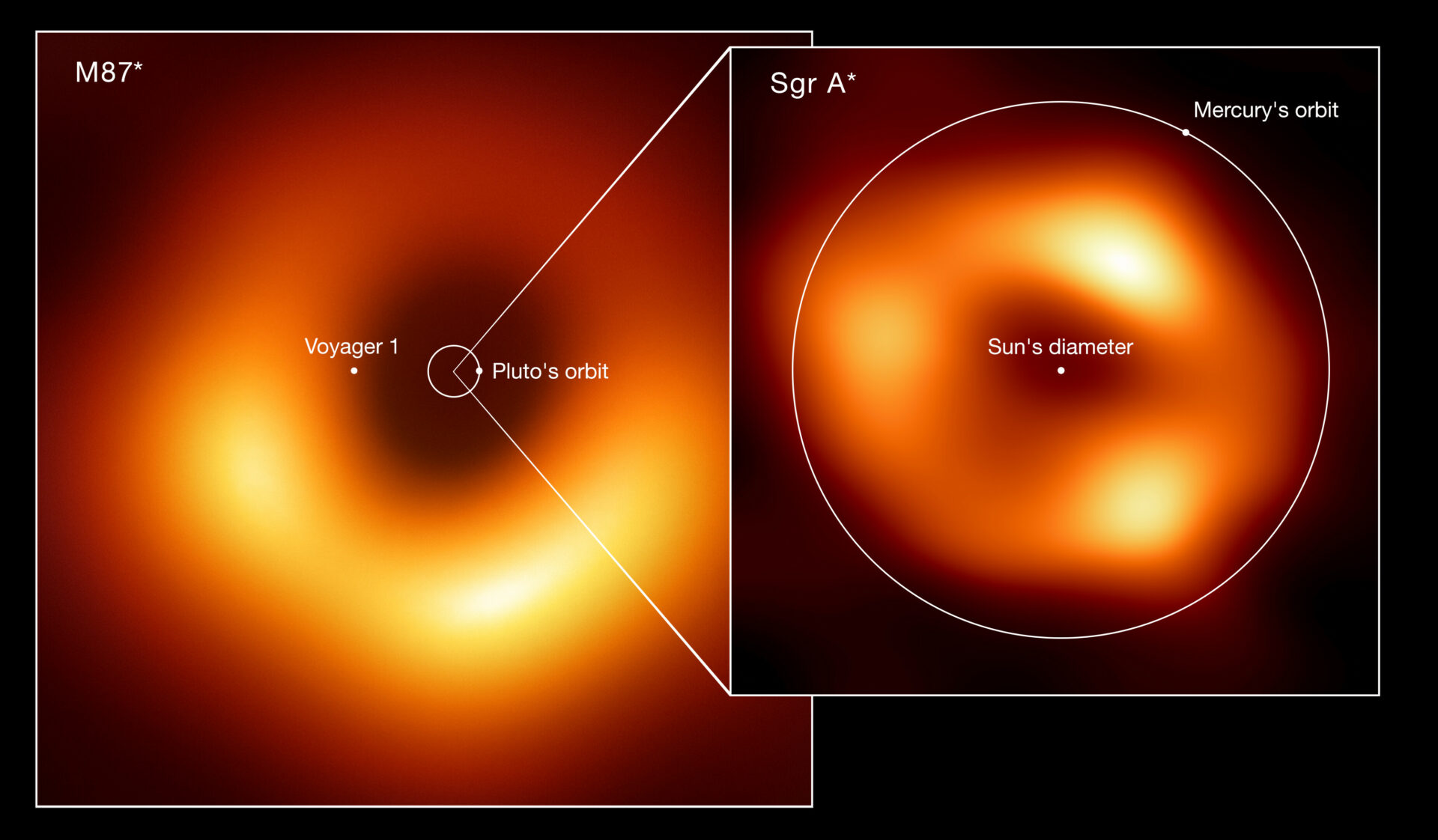
Earlier we reported how astronomers doubted the veracity of the first photo of a black hole.
Follow us on Twitter to get the most interesting space news in time
https://twitter.com/ust_magazine
